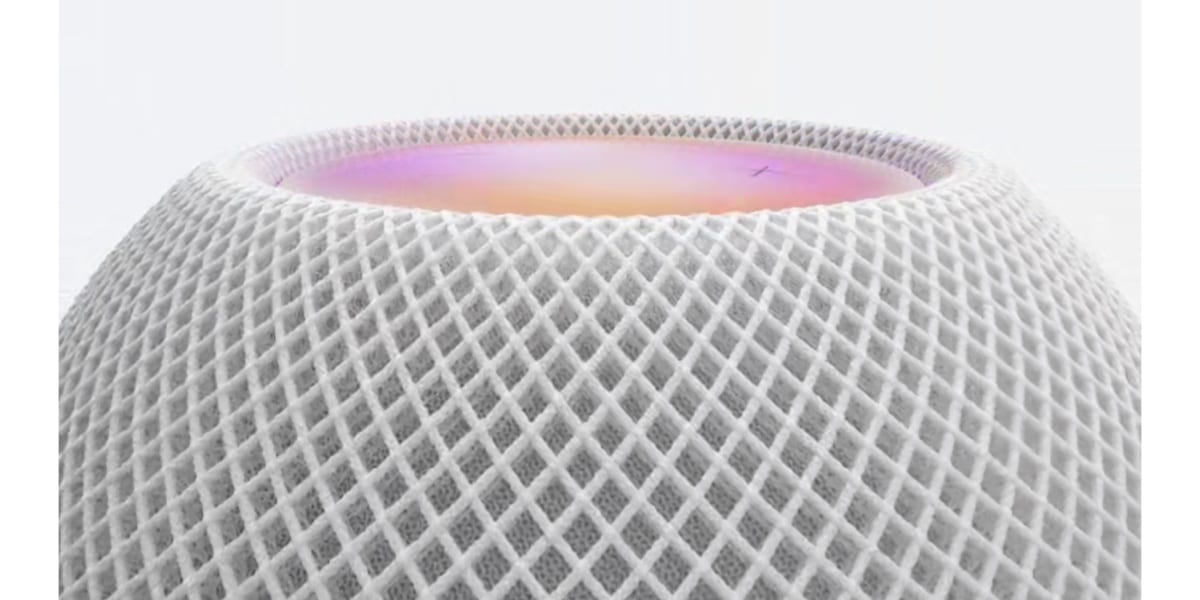
This month, Apple revealed the release of a new product for our homes, the HomePod Mini. It did so with a new model for the first time since the HomePod was launched including a spherical design that comes alongside the S5 chip.
Another of the most relevant features of the HomePod Mini is its price, which will drop to € 99 , making it much more accessible to the general public than the original HomePod. It continues to sell for € 299, tripling the price of the new Mini model. So is it worth buying the original model or the new Mini? With this guide we will try to guide you in your decision based on what best suits your needs.
Comparing the HomePod and the HomePod Mini
The original HomePod and the new HomePod mini share a number of features such as multiroom (multiroom) sound and Siri. Apple lists the following similar characteristics between the two.
Similarities
- Multiroom sound
- Stereo sound connection capability
- Siri and screen on the top of the device
- Sound conductive fabric
- Smart Home Hub
- Find My, Siri Shortcuts, Ambient Sounds, and Music Alarms
- Available in white and space gray
Apple highlights that both devices have many important similarities, however, There are substantial differences between the two HomePod models that will surely have more weight when deciding on one or the other. These differences also justify the difference in price between one and the other.
Differences
We will divide the differences into different aspects that occupy the entire product
Integrated
The HomePod Mini is much smaller than the original HomePod as we might guess from its name. While the HomePod Mini barely stands at 9cm tall, the original HomePod stands at 17,2cm. Additionally, the HomePod Mini accommodates a spherical design compared to the cylindrical or "capsule" shape of the HomePod Original.
Both devices are covered with the same type of fabric that favors the flow of sound through it and they share the screen embedded in the upper part where you can see the drawing of Siri when we invoke it. Both also incorporate the volume control buttons on this part of the device.
Finally, it should be noted that both devices depend on a light socket, that is, neither of them is portable.
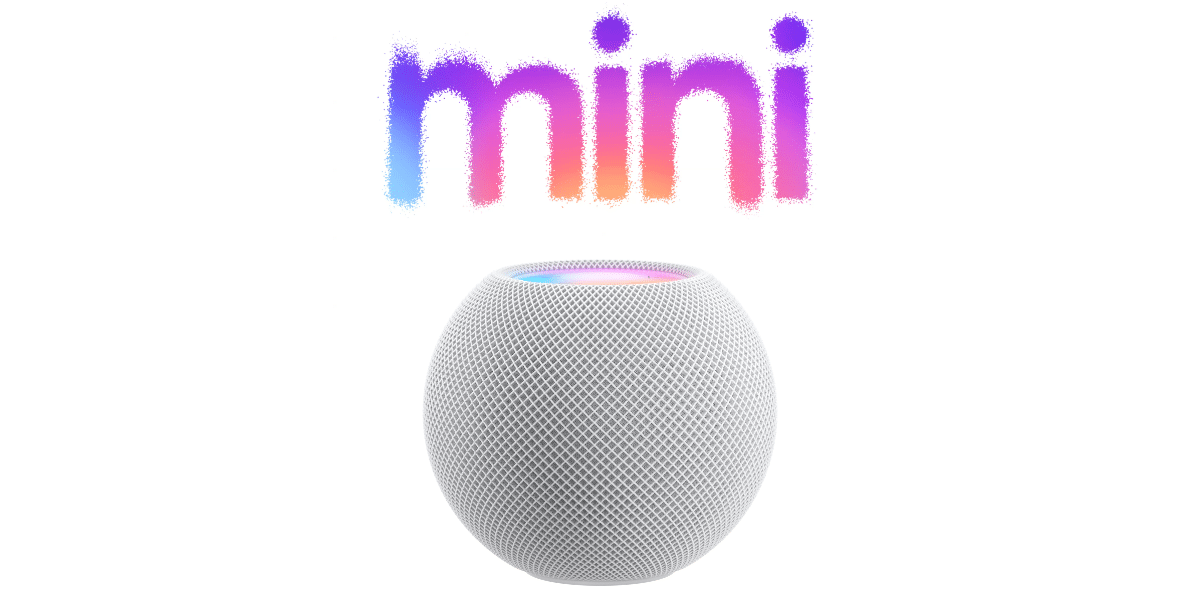
The spherical design of the HomePod Mini is much more discreet than the original and usually preferred for locations where space is smaller, such as a bedside table. On the other hand, if you have a large space, you may prefer the original HomePod next to the television or a more spacious stand.
Sound technology
El hardware Audio is the aspect that undoubtedly differentiates one model from another. The HomePod Mini offers a single full-range controller, powered by a neodymium magnet and a pair of passive radiators with technology force-canceling, allowing for deep bass sounds and clear high frequencies.
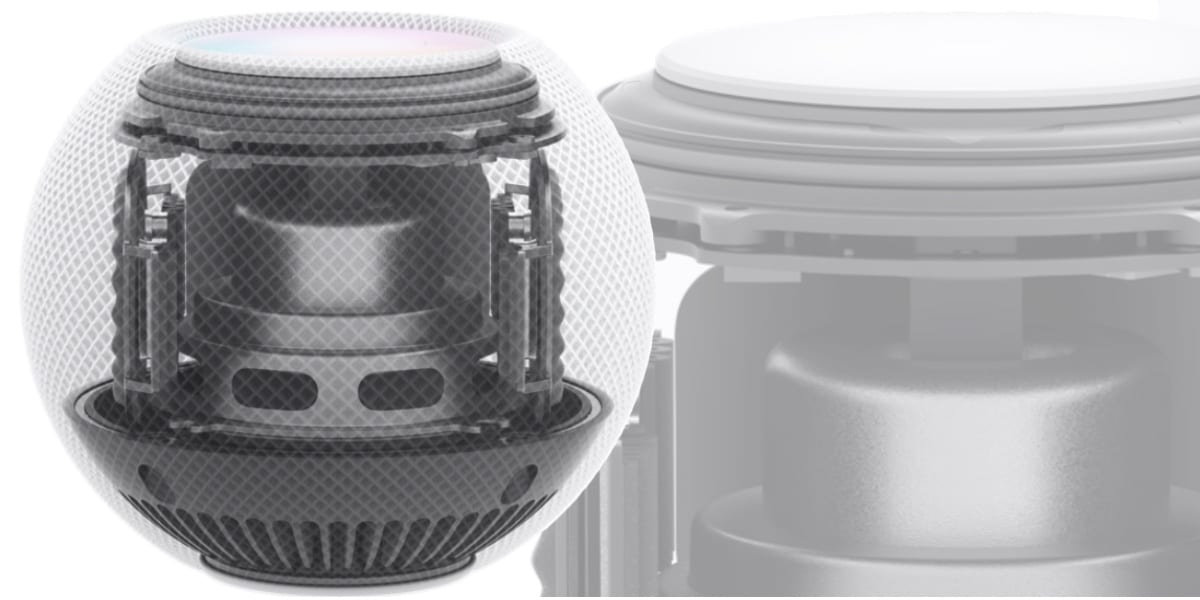
On the other hand, the original HomePod includes a large woofer designed by Apple for deep, clean bass and a custom set of seven tweeters providing pure high-frequency acoustics, each with its own amplifier and directional control. The original HomePod, thanks to these technical characteristics, it will provide a deeper and fuller sound than its little brother.
If you attach importance to sound quality and are able to differentiate between a very good sound and a premium sound, without a doubt the original HomePod is your choice.. You will enjoy spectacular sound wherever you place it.
Microphones
The HomePod Mini uses three microphones to listen to our "Hey Siri" instructions and a fourth inward-facing microphone helps isolate sound coming from the speaker to improve voice detection when music is playing. The original HomePod uses 6 microphones for this very reason.
These microphones allow you to cancel the echo and allow Siri to understand what is being asked whether you are near or far from the device even when it is playing music. Despite the original HomePod having a higher number of microphones, It does not make a major difference in the operation between the two and it would not be a notable difference when choosing a model. They both respond wonderfully to our requests.
Processor and Software
The original HomePod incorporates an A8 chip, the same one that the iPhone 6, iPad mini 4 and Apple TV HD used in its day, while the HomePod Mini uses the S5 chip that the Apple Watch Series 5 incorporated last year and this year also the SE.
Both processors allow both models to use advanced software for real-time acoustic modeling, sound routing and echo cancellation.
In the same way as microphones, the fact that a model incorporates one chip and one another is not relevant to make a decision. Both have plenty of power to operate and you won't notice that the one on the original HomePod is older.
Spatial awareness
The original HomePod uses spatial identification to "locate" itself within the room in which we place it. This allows HomePod to identify and fits the room to emit and direct the sound so that it is magnified and heard as well as possible. Thanks to this technology, it detects corners and walls and Reduces sound distortion and echo.
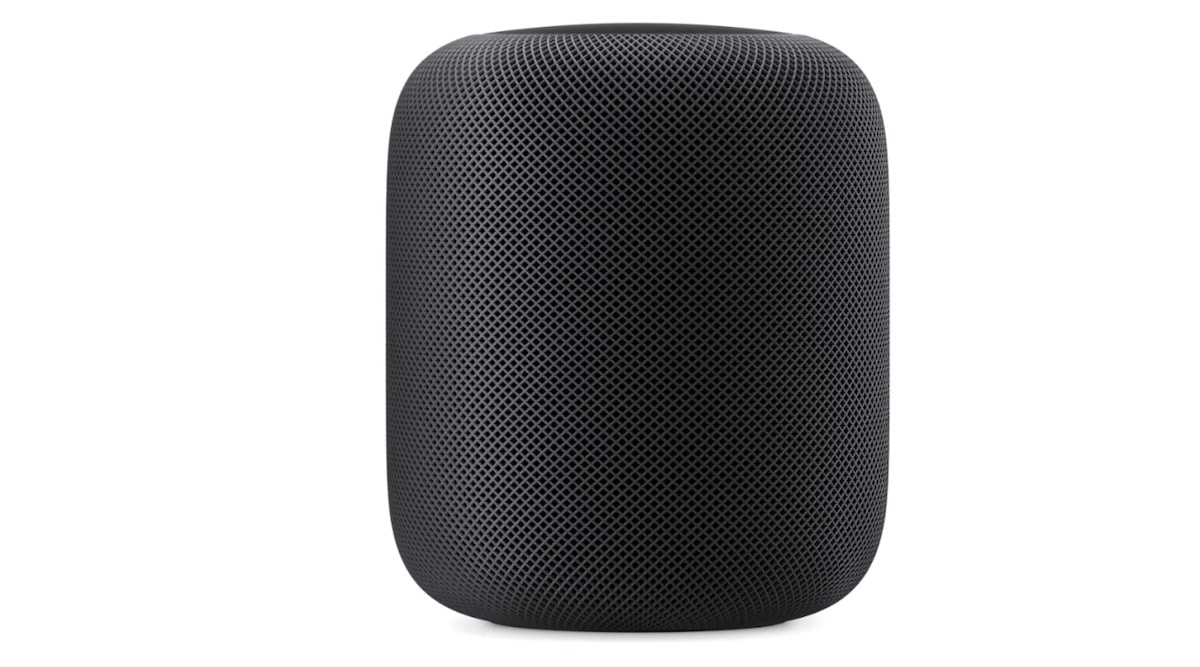
The HomePod Mini does not have this feature. It does not adapt to the room in which we place it and it will always emit the sound in the same way. Without a doubt for large locations the original HomePod will be a better option for this reason as well.
U1 chip
In this respect, the HomePod Mini differs from the original HomePod. It includes the U1 chip designed by Apple that allows operations with other nearby elements that contain it in an addressed way.
In this way, the HomePod Mini detects other devices that have the U1 chip, such as the iPhone 12. This allows a much faster interaction between the two and the exchange of information between them whenever they are close.
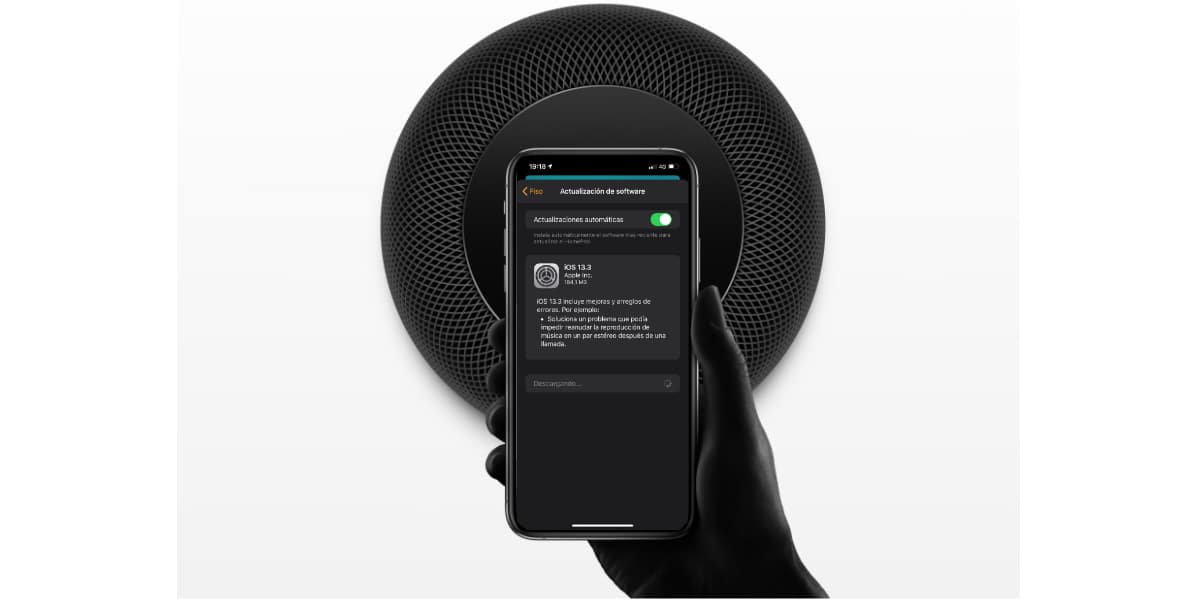
Beyond that, the potential of the U1 chip has yet to be tapped. In the near future it could facilitate data transfers, improve augmented reality experiences or locate other objects indoors. Apple is adding this chip to all its new devices, so surely in the coming years we will see new functionalities around this chip.
Stereo sound
The ability to establish stereo sound by adding a second or original HomePod Mini to the one we already have is available for both models. Keep in mind that cannot be combined with each other for this functionality, that is, we will not be able to have stereo sound with an original HomePod to which we add a Mini or vice versa. Both must be the same model.
Both are capable of multiroom sound and could be used in combination for this functionality, but not for stereo sound.
Home Theater with Apple TV 4K
The original HomePod also has home theater support with the Apple TV 4K. This allows The HomePod provides an immersive home theater experience when connected to a 4K Apple TV, offering surround sound and Dolby Atmos.
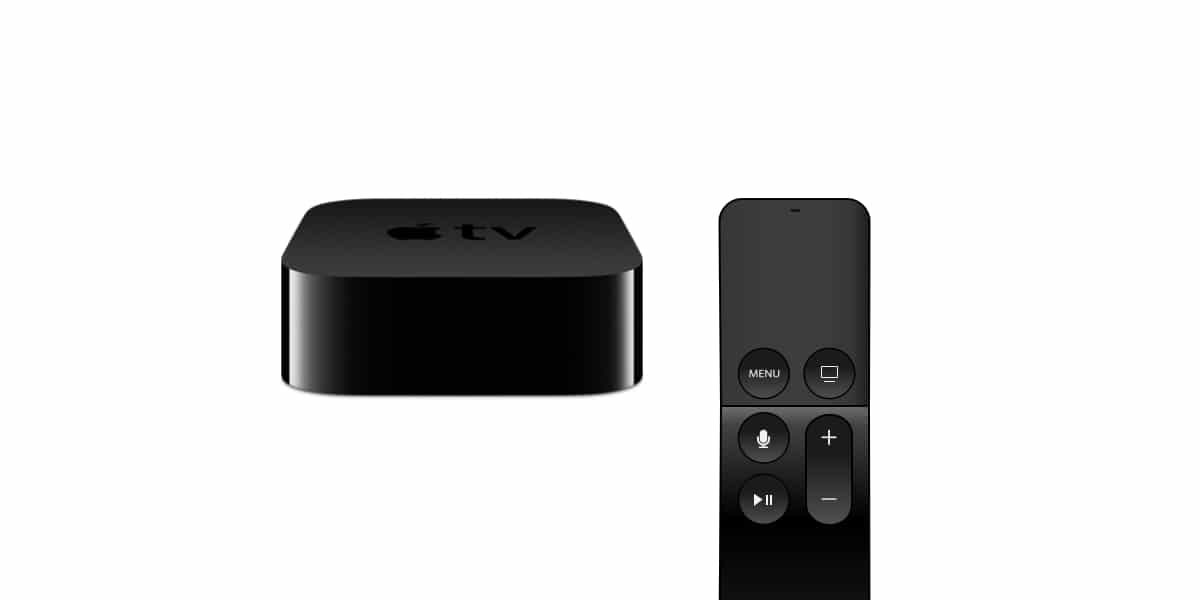
This feature is based on the spatial identification that the HomePod has originatesl, that's why the HomePod Mini doesn't have it. If you are going to connect the HomePod you buy to your Apple TV 4K, you will surely want to take this feature into account when making your decision.
Personal opinion
Clearly both products have an objective and probably a different audience. While The HomePod Mini may be more geared towards the general public and to compete with most Alexa and Google devices, the original HomePod is geared towards a more select audience.
The sound capabilities that the original HomePod has allows it to be a device for lovers of sound quality, surround sound and those who want to set up their Apple environment with the highest sound quality at home.
Whichever product you choose, both will live up to what you expect. Leave us in the comments your opinion and which device you have decided on after having been able to compare both models in greater detail.
